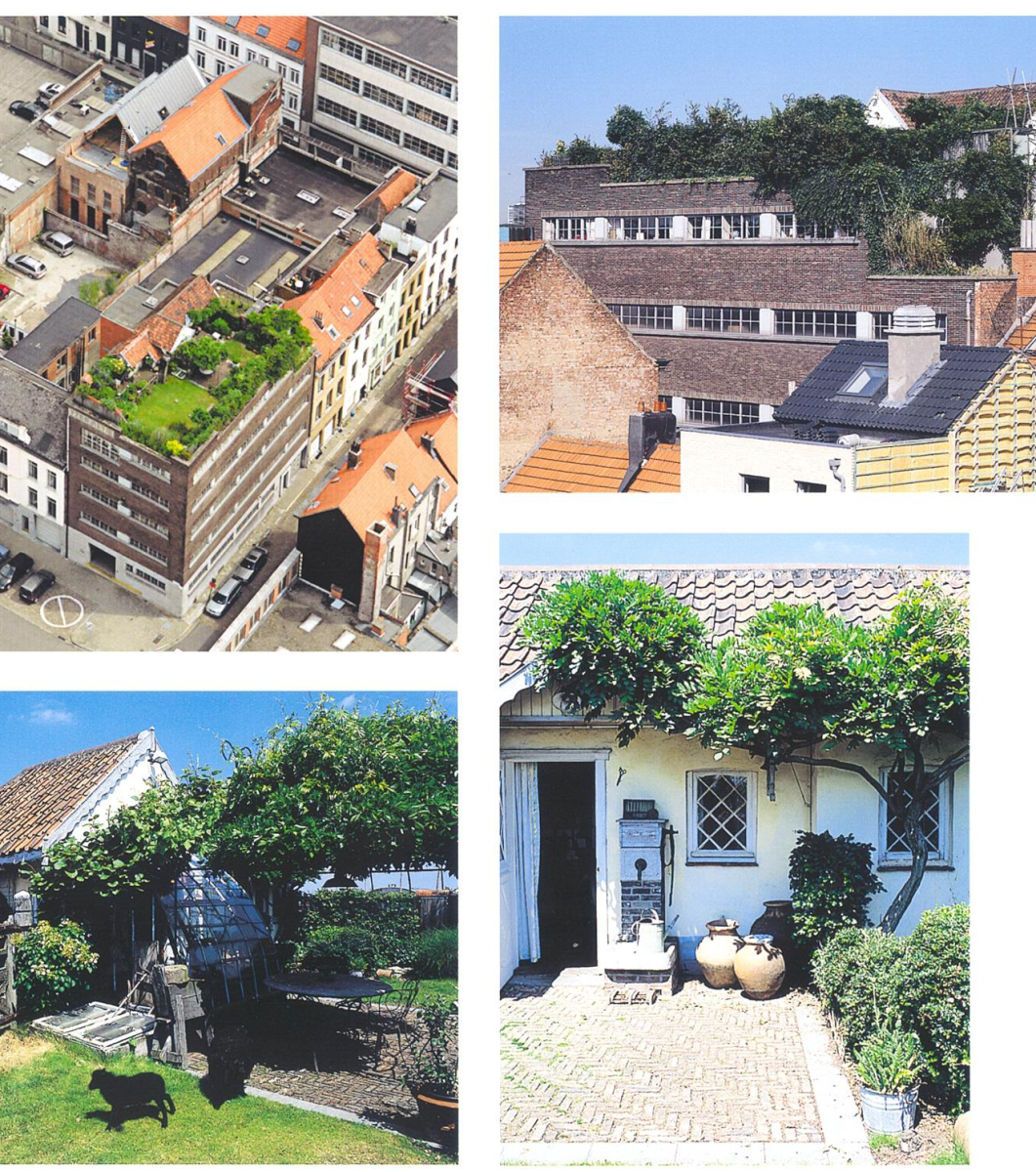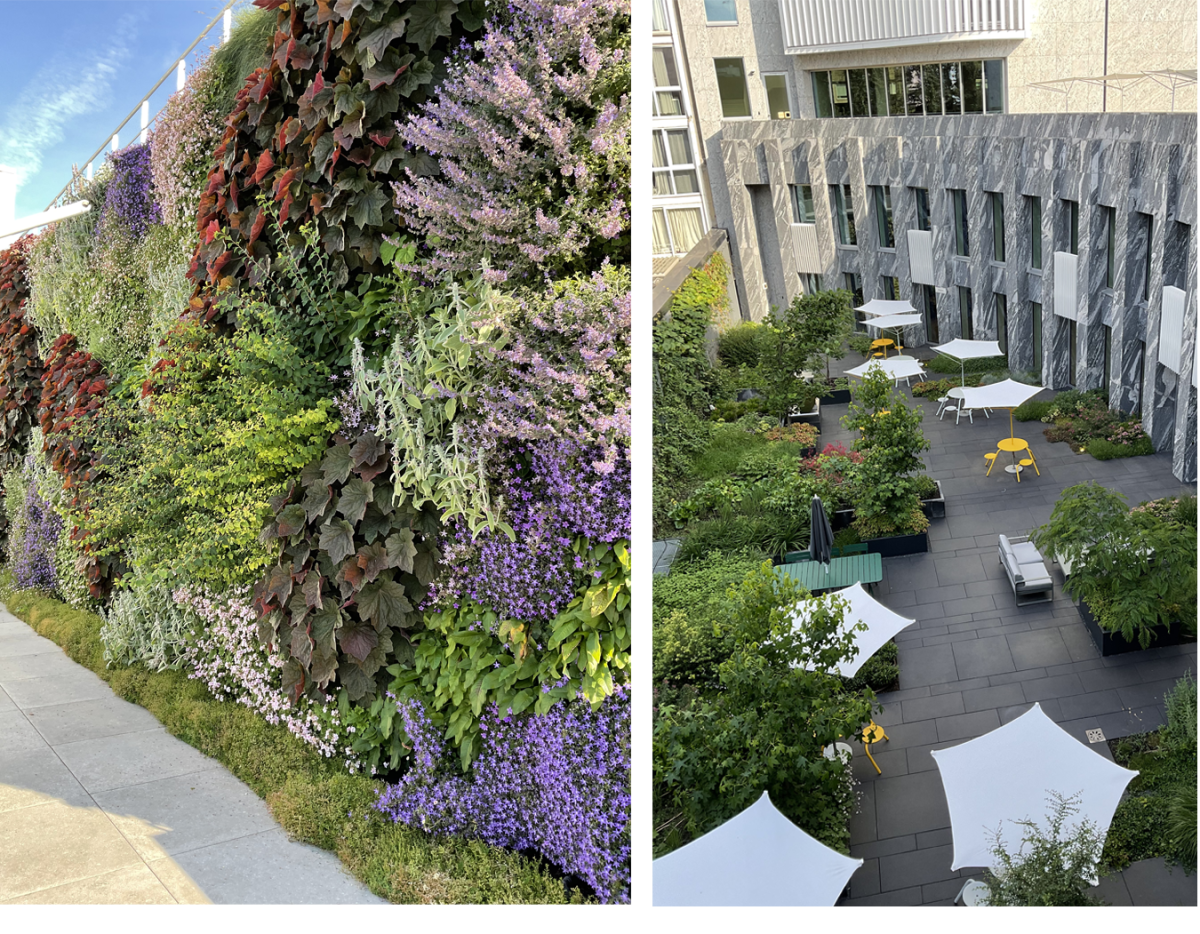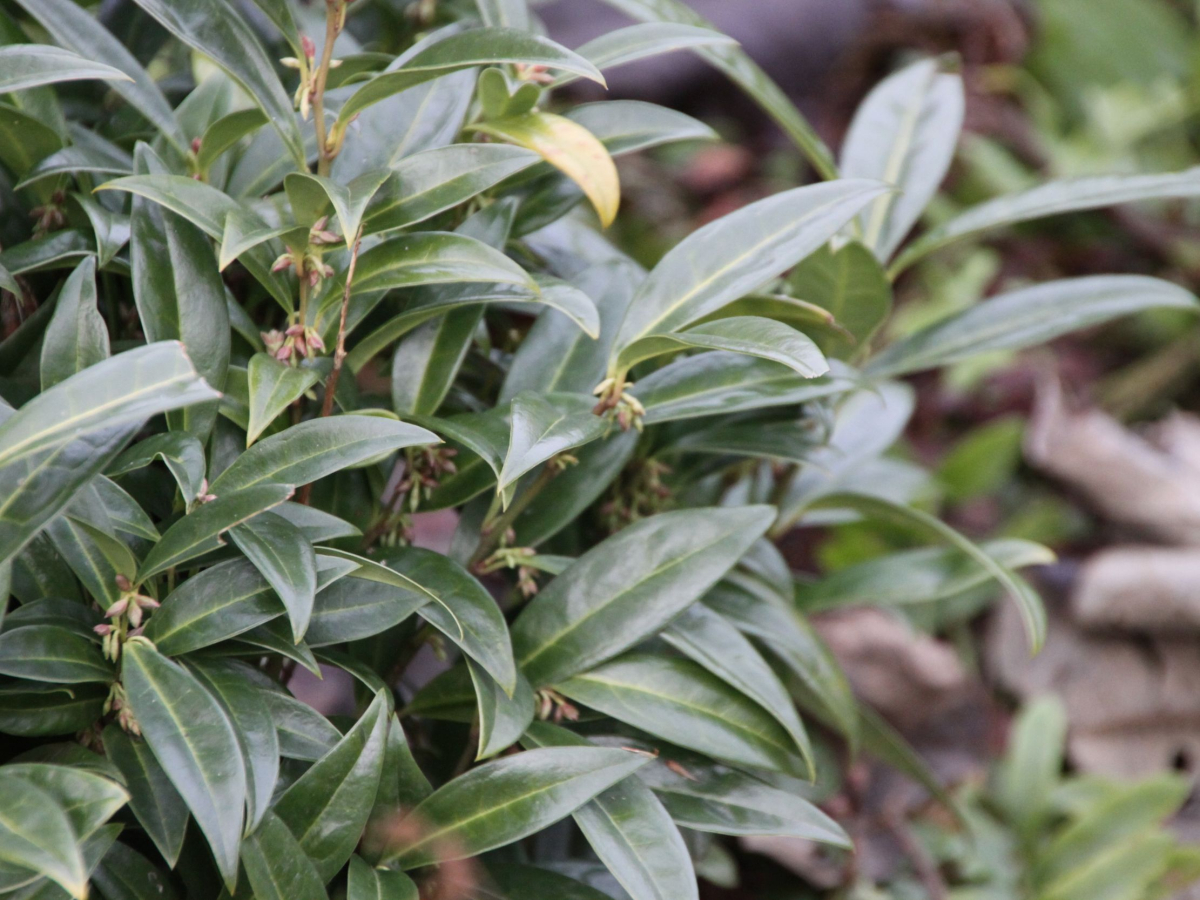Rooftop gardens in the spotlight - Interview with Nadine Wiggers
18/08/2022 - 15:49
The roofs of houses and buildings offer an ideal terrain to reintroduce nature into the city, to invent local cultivation areas or to create pleasure gardens in the sky. They are both useful and pleasant surfaces. Green roofs are landscape architect Nadine Wiggers’ speciality. Let's get to know her.
How did you get started as a landscape architect and, more in particular, how did you get into green roofs?
In 1985 I had a plant and flower shop in Boom and occasionally helped design traditional gardens. I supplied the materials and helped supervise the projects, while the customers planted their own gardens.
At that time, I also started to install extensive green roofs.
A few years later I shut down the business as I couldn't find any staff. Neither did I find a buyerr, because at that time(1997) the shopping street where my business was located was under construction. My own house in Zoersel, Belgium, had just been completed. It made sense to move my business there.
I continued to deliver, install and supervise mainly green (extensive) roofs. I was then one of the few women amongst predominantly male colleagues.
My very first project was the realisation of a rural roof garden in the centre of Antwerp in the nineties. It also happened to be the first roof garden with chickens and sheep. This peculiar intensive green roof received a lot of attention in the press and still generates new business. After this project I started working with my own subcontractors.

Are there more requests for green roofs today than before? Is there more demand from individuals or companies?
There has always been a demand for rooftop gardens. In the past, customers were not informed at all, they didn't know what the possibilities were. It's completely different now. Most customers have consciously visited other projects before starting their own.
And then there are the green roofs and ponds on the ground floor (e.g. on top of car parks); they are usually not even recognised as green roofs.
Companies are a bit slower to show interest. They often think of the extra cost. Yet taking a break in a green environment improves productivity. This has been proven.
Green roofs have many advantages, both ecological and economical, such as thermal insulation and roof protection. They act as natural air conditioning and keep the building cooler.
A growing number of municipalities offer financial compensation for the installation of green roofs (unfortunately, Zoersel is not one of them).
The amount varies from one municipality to another. And even within the same municipality, the amount can differ depending on the performance capacity of the green roof. It would be much simpler if, for example, this were organised at provincial level.
How did you hear about our TerraCottem soil conditioner? By chance I used it for my first project, the roof garden with sheep.
Why do you use TerraCottem?
A green roof is usually a garden in an unusual place, often difficult to access. Plantations on roofs, balconies (pots) or facades (greenwalls) are therefore confronted with a low-volume growing medium and consequently require a high supply of water and nutrients.
By incorporating TerraCottem soil conditioner into the growing medium, plant growth is stimulated and the water and nutrient retention capacity of the substrate is improved, which increases the survival rate of the plants.

Is there a project you would like to highlight?
Definitely. The 4500 m2 green roof and walls of the new buildings of the Argenta Bank and Insurance Group, close to Antwerp's diamond district and the Antwerp-Central railway station in Belgium.
There was a double anniversary to celebrate: the company’s 65th anniversary, as well as the 65th birthday of one of the bank’s owners.
The company's logo (an apple) and the client's age led, among other things, to the relocation of old apple trees that were about 65 years old. The trees, green walls and roof gardens were planted with TerraCottem.

What do you have to look out for when choosing flowers, trees and shrubs?
With roof gardens, one should not underestimate the plants’ resistance to wind. Neither should they have aggressive roots. The right plant in the right place. That also counts on the ground floor. There is an answer for most requests.
How do you know if your roof is suitable for a green roof? Via the result of the concrete study by a structural engineer. An architect who does not have a standard answer will also get his information there.
- An extensive green roof must be able to support between 50 kg/m² and 100 kg/m².
- Semi-intensive, between 100 kg/m² and 320 kg/m².
- And an intensive green roof 320 kg/m² and more.
Is it possible to build a garden on a slanted roof?
Yes, with a maximum slope or curve of 25-45°. The system structure is 9 cm, with a saturated weight of 100-105 kg/m².
What challenges do you encounter in your work? The accessibility to the roof can sometimes be an issue. Finding knowledgeable contractors isn’t always easy
What kind of projects give you the greatest satisfaction? When the end result meets the client's expectations. I also think it's important that all residents take decisions together, based on their own needs. It is important that everyone can enjoy the extra space. This also applies, for example, to roof gardens on office buildings, where management often chooses the design, while staff will make the most use of it.
How should you maintain a roof garden?
Maintenance is 1x per year more than the annual standard check (wells, gutter, ...) So in total 2x per year.
The term extensive/ semi-intensive/intensive defines the type of maintenance required:
- Extensive maintenance = extensive green roofs. These require little and inexpensive care. This can easily be done with the annual maintenance or inspection of the roof. It is limited to removing weeds, filling bare spots and possibly applying some fertiliser.
- Semi-intensive green roofs = combination of intensive + extensive. These are green roofs with an intensive character that do not require too much maintenance. E.g. flower, grass and lavender meadows.
- Intensive maintenance = intensive green roofs. These are roof gardens that require more and more expensive care. They are effectively used as extra space in the house. The frequency of maintenance depends on the vegetation (e.g. trees, shrubs, perennials, lawn, vegetables, etc.) and the elements present (animals, greenhouse, garden house, furniture, ponds, etc.).
Do you have any additional tips for those who want to build a green roof?
First check with the city or town council about their regulations and permits. Almost anything is possible, as long as the roof can bear it. And, of course, there is always the option that, shouldthe roof not be able to support the desired design, to structurally reinforce it. Even then, the cost per square metre may still be cheaper than the price per square metre for a traditional garden. A ground-floor garden is (generally) built on more expensive building land. The roof on the other hand is there any way, as part of the building.
One of my favourite plants is the meatberry or Sarcococca hookeriana 'Humilis': It blooms in winter and smells like ...yes...chocolate!

More info: www.nadinewiggers.be
Ask for our technical sheet
Contact usAsk for our technical sheet
Contact usTerraCottem Intl. SL
Apartado de Correos 4511190 Benalup (Cádiz)Spain
